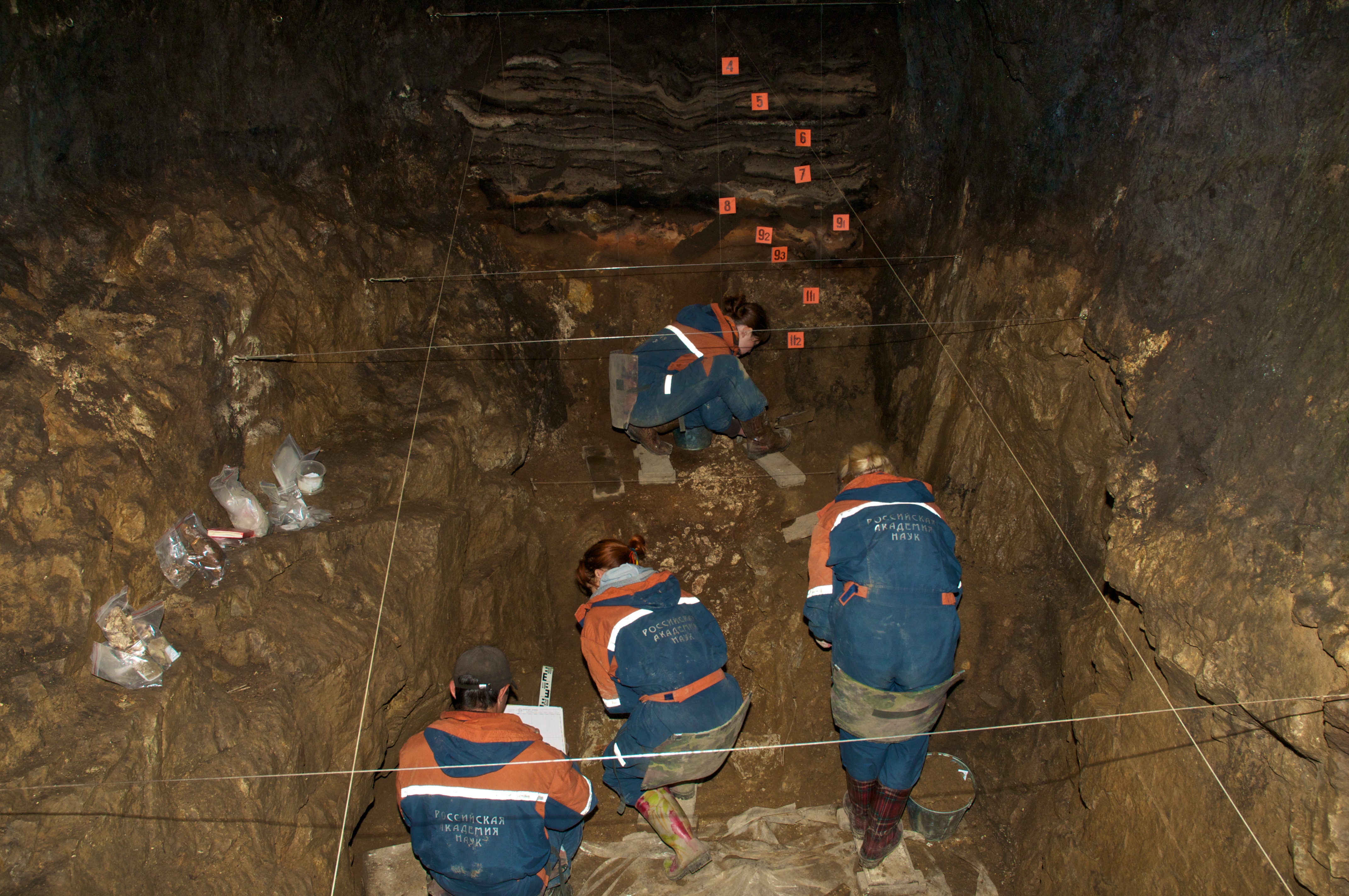Neanderthals mated with modern humans much earlier than was previously thought
Neanderthals mated with modern humans much earlier than was previously thought
Researchers find the first genetic evidence of modern human DNA in a Neanderthal individual. The study, led by the Max Planck German Institute, counts among its authors with researchers of the University Pompeu Fabra.
 According to a forthcoming publication in Nature, modern humans and Neanderthals interbred tens of thousands of years before what had been previously thought. Using several different methods of DNA analysis and a greater amount of Neanderthal genomes, an international research team has reaffirmed the interbreeding between Neanderthals and modern humans that occurred prior to the 65.000 years ago known to date: an estimated 100.000 years ago. Researchers suggest that some modern humans left Africa earlier than what we thought and mixed with Neanderthals. These modern humans probably became extinct and are therefore not among the ancestors of present-day humans.
According to a forthcoming publication in Nature, modern humans and Neanderthals interbred tens of thousands of years before what had been previously thought. Using several different methods of DNA analysis and a greater amount of Neanderthal genomes, an international research team has reaffirmed the interbreeding between Neanderthals and modern humans that occurred prior to the 65.000 years ago known to date: an estimated 100.000 years ago. Researchers suggest that some modern humans left Africa earlier than what we thought and mixed with Neanderthals. These modern humans probably became extinct and are therefore not among the ancestors of present-day humans.
Consistent with previous studies, modern humans appeared 200,000 years ago in Africa and spread through Eurasia around 65,000 years ago. Thanks to a unidirectional signal of Neanderthal DNA found in the genomes of humans outside Africa, it was also known that Neanderthals and modern humans had interbred by that time. The present study, however, brings to light the first evidence of the genetic contribution by modern humans to Neanderthals, a process that probably occurred during a previous migration.
The evidence of gene flow from modern humans into the Neanderthal genome are based on the analysis of one specific Neanderthal, whose remains were found in a cave in the Altai Mountains in southern Siberia, near the border between Russia and Mongolia. Two Neanderthals from European caves that were sequenced for this study — one from Croatia, another from Spain — both lack DNA derived from modern humans. The team also analysed the genome of another extinct human, a Denisovan, whose remains (a finger and a tooth) were found in the same cave in the Altai Mountains as the Neanderthal bone. Unlike the Neanderthal individual, the Denisovan individual did not carry any modern human DNA. The researchers do not conclude that modern humans never mated with Denisovans or European Neanderthals, but that the signal they found in the Altai Neanderthal probably comes from an interbreeding event that occurred after a linage with other modern humans from Europe little over 100,000 years ago.
The scientific team responsible for these findings consists of more than 20 researchers belonging to several European research centres including the Max Plank Institute for Evolutionary Anthropology (Germany) – leading the study –, the CSHL’s Simons Center for Quantitative Biology (USA), the Herzliya Interdisciplinary Center (Israel), Cornell University (USA), the Institute of Evolutionary Biology (IBE, CSIC-UPF), the Centre Nacional d’Anàlisi Genòmica (CNAG-CRG) and the Catalan Institution for Research and Advanced Studies (ICREA).

Martin Kuhlwilm, first co-author of the article led by Sergi Castellano from the Max Planck Institute, identified the regions of the Altai Neanderthal genome that come from modern humans. “I was looking to see if I could find regions in the genome where the Neanderthal genome from Siberia has sequences resembling those in humans. We know that contemporary non-Africans have traces of Neanderthal in them, so they were not useful to us. So instead we used genomes of contemporary individuals from across Africa to identify mutations which most of them have in common. Some of these mutations occur together in regions of the Altai Neanderthal genome, a sign of interbreeding”, adds Kuhlwilm, who conducted this work at Max Planck Institute for Evolutionary Anthropology. Martin Kuhlwilm is currently conducting his postdoctoral research at the Institute of Evolutionary Biology (IBE), joint centre of the Spanish National Research Council (CSIC) and Pompeu Fabra University (UPF), in the Comparative Genomics Lab, a research group led by Tomàs Marquès-Bonet who, together with the group leader of the Paleogenomics Lab (IBE), Carles Lalueza-Fox, also took part in this study.
The modern human DNA sequences in the Altai Neanderthal appear to derive from a modern human group that separated early from other humans. The modern human who contributed genes to this particular Neanderthal individual must have come from a population that left Africa long before the migration of the ancestors of present-day Europeans and Asians from Africa less than 65,000 years ago, the scientists say. Thus, there must have been a long lag between when this group branched off the modern human family tree, roughly 200,000 years ago, and when they left their genetic mark in the Altai Neanderthal, about 100,000 years ago, before themselves being lost to extinction.
